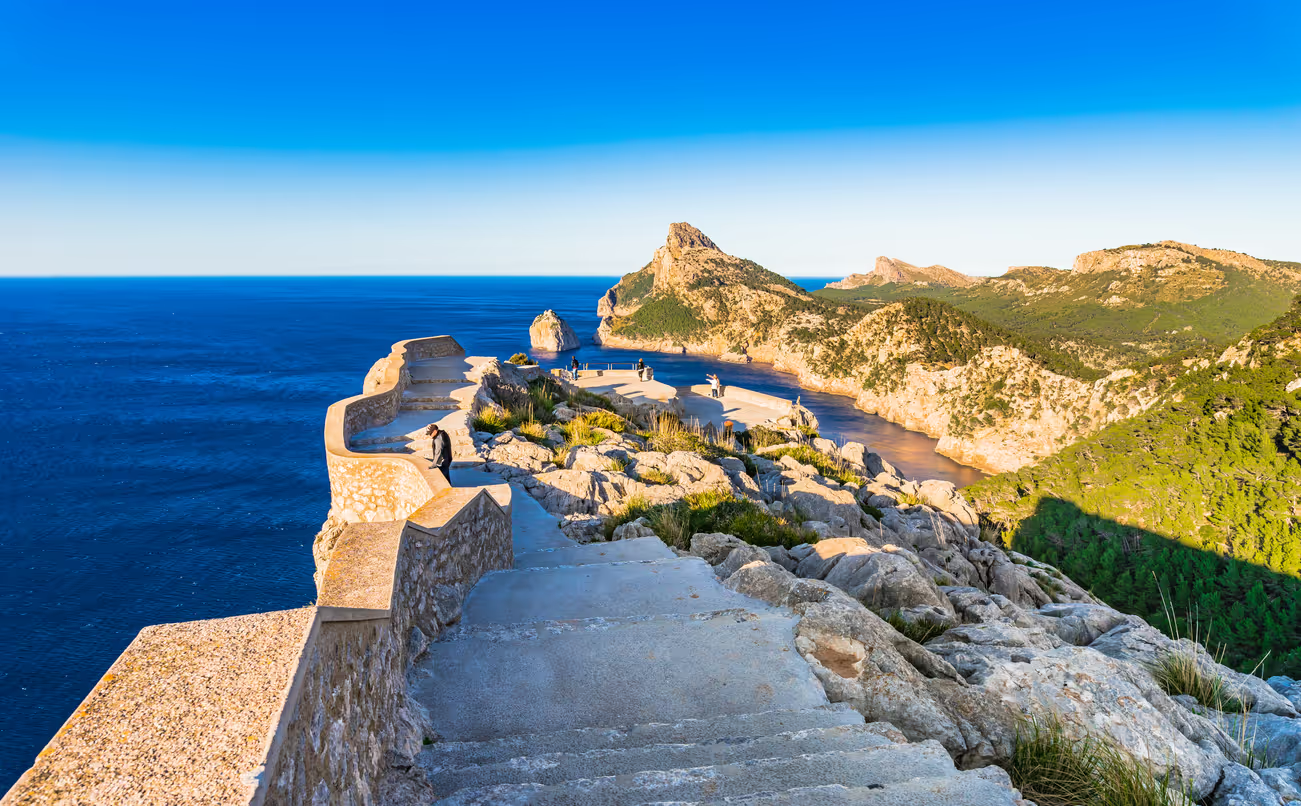
I
n the tranquil marina of Port de Pollença, amidst the modern yachts and sleek motorboats, there is one boat that distinguishes from the rest - a large, traditional llaüt, lovingly crafted by the hands of a young Mallorcan. Jaume Rotger Castelló, now thirty years old, spent over a year and a half building his llaüt, Vell Marí, a testament to his deep connection to the island’s heritage, making the project as much a personal journey as a tribute to the craftsmanship of his home, Mallorca.
The llaüt has long been an emblem of the Balearics’ maritime culture. Its origins stretch back decades, when it was a vital tool for the islands’ fishing communities. “The llaüt was incredibly important across the Balearic Islands, especially before motors came into use,” Jaume explains. “Fishermen used these boats to row out and sail back with the Levante wind.” Each llaüt was unique, the designs varied slightly depending on the island and the personal touch of the mestre d'aixa, or shipwright. Today, only a handful of these artisans remain, preserving this fading craftsmanship. “Wooden llaüts are rare these days because they require so much maintenance,” Jaume explains. To him, there’s something unique about them –– they have soul. Every curve, every plank, every imperfection tells a story. Just like his.
For Jaume, the sea has always held a special allure. “I don’t know why I love the sea so much. None of my ancestors were fishermen, had any connection to the ocean or even a background in boat-building,” he explains. Despite this lack of family ties to the water, Jaume’s love for the sea grew into a deep passion, one that would eventually lead him to embark on a personal challenge of building his own traditional llaüt at only 21 years old.
















